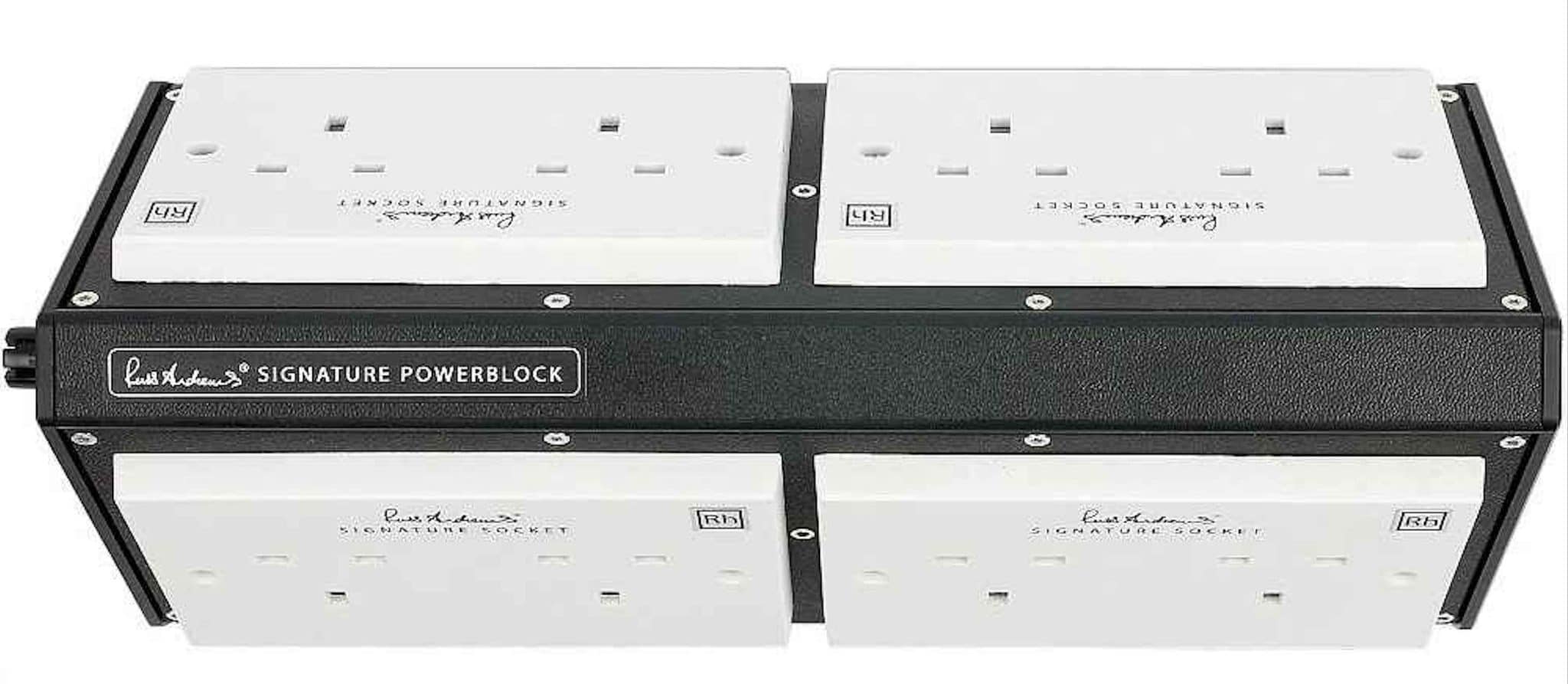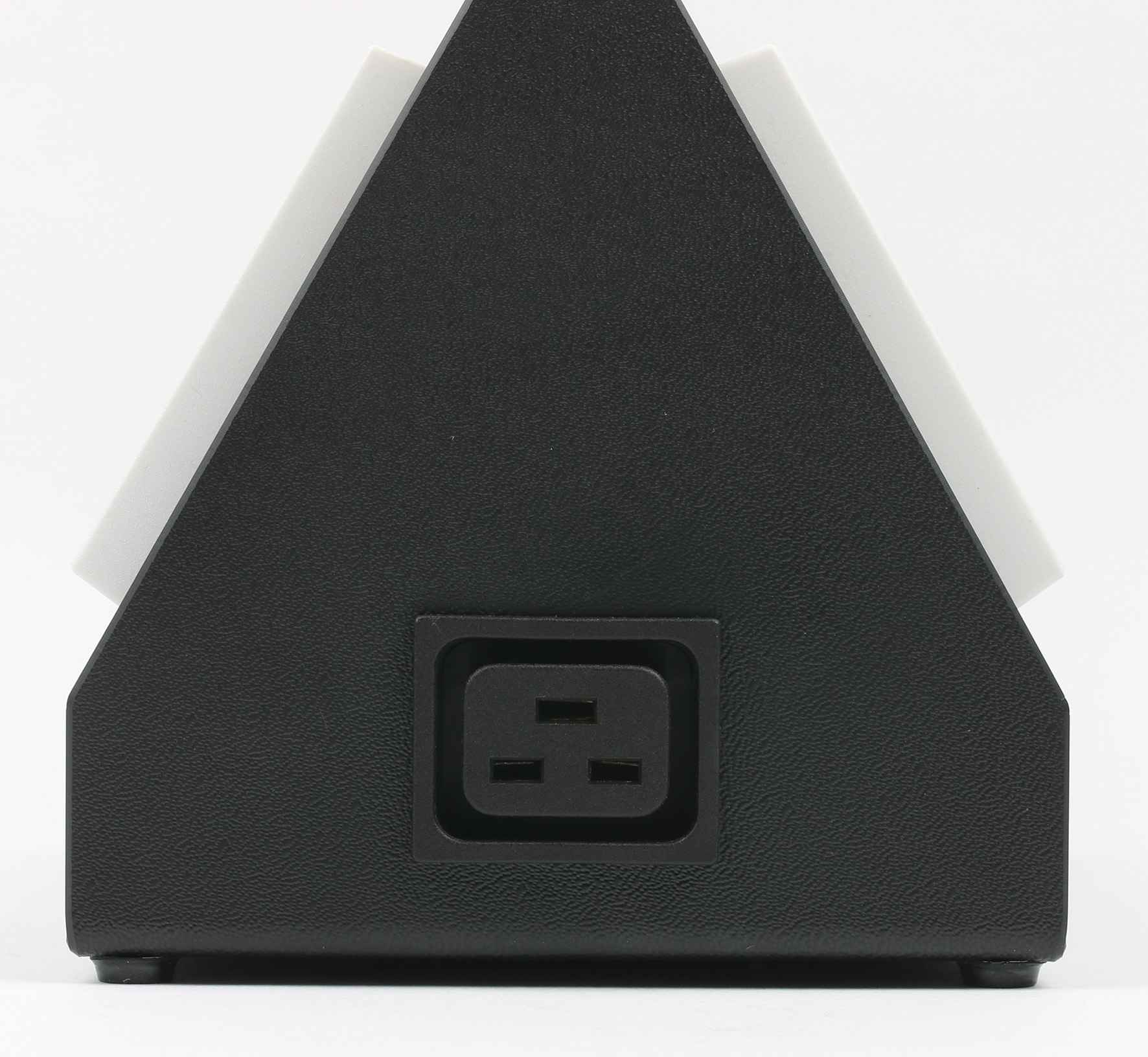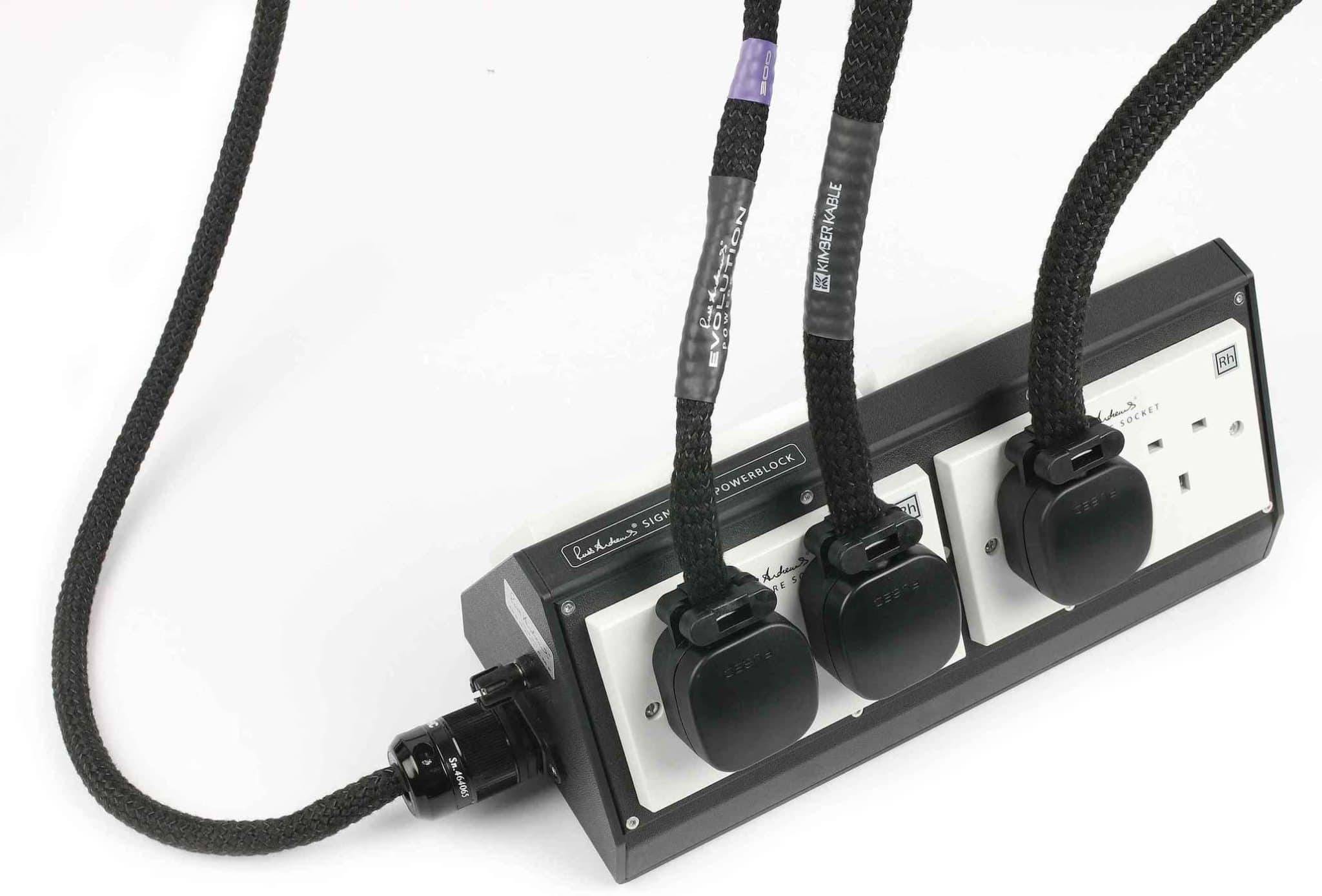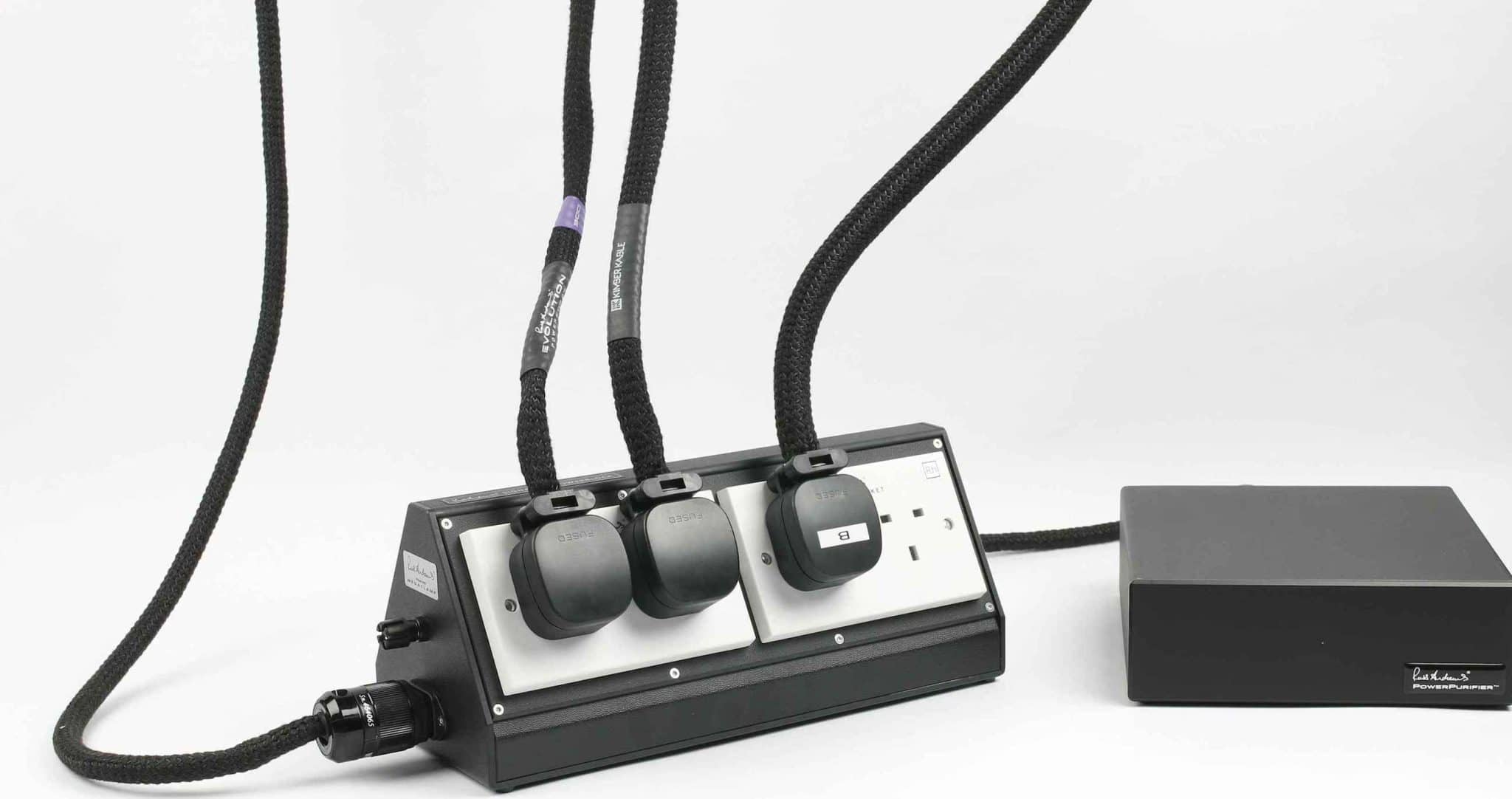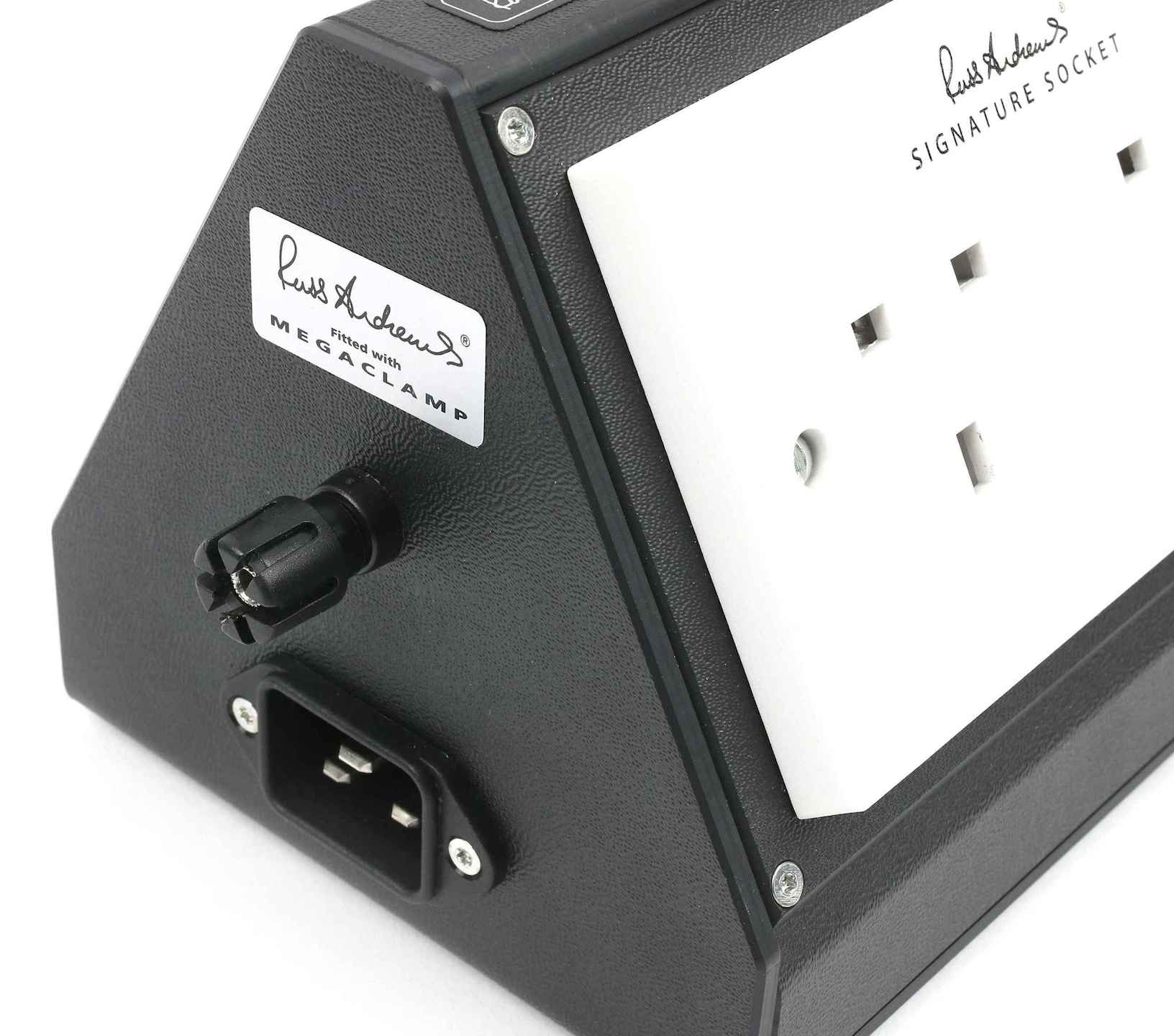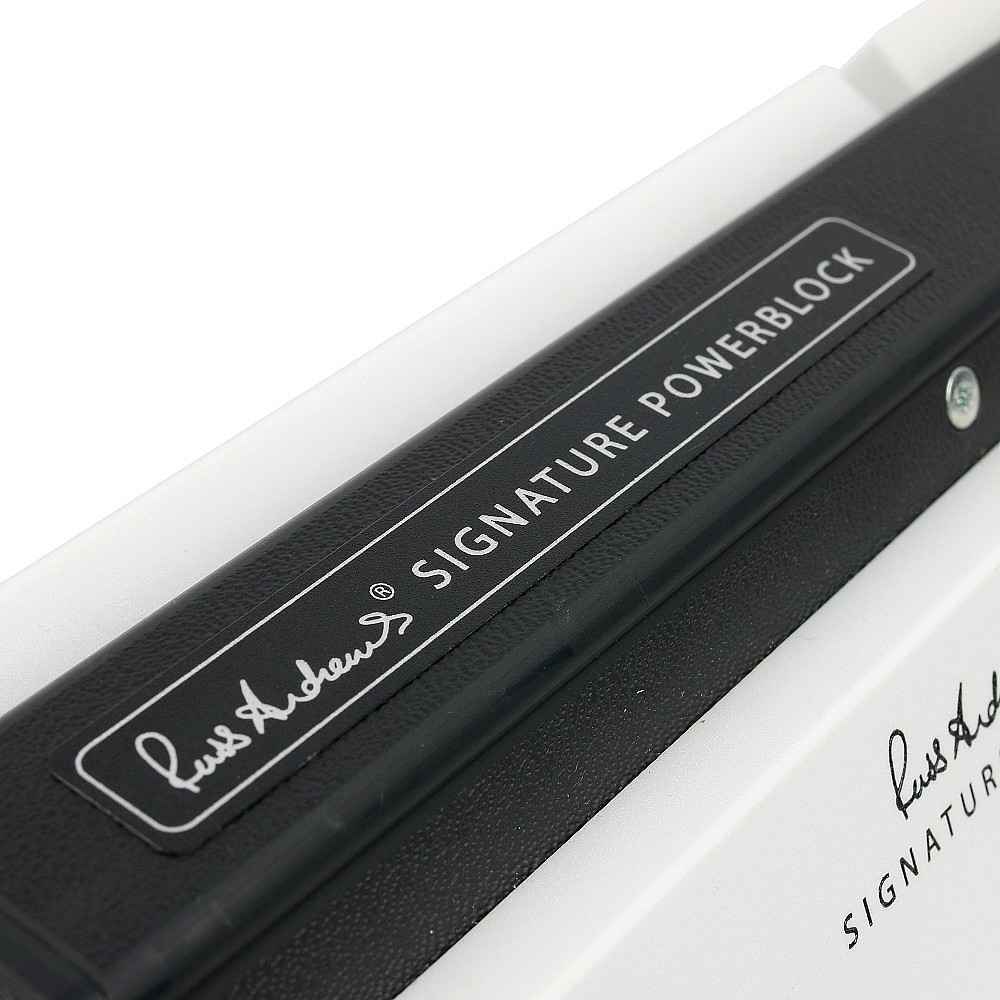The Article
RUSS ANDREWS SIGNATURE POWERBLOCK
13th May 2022
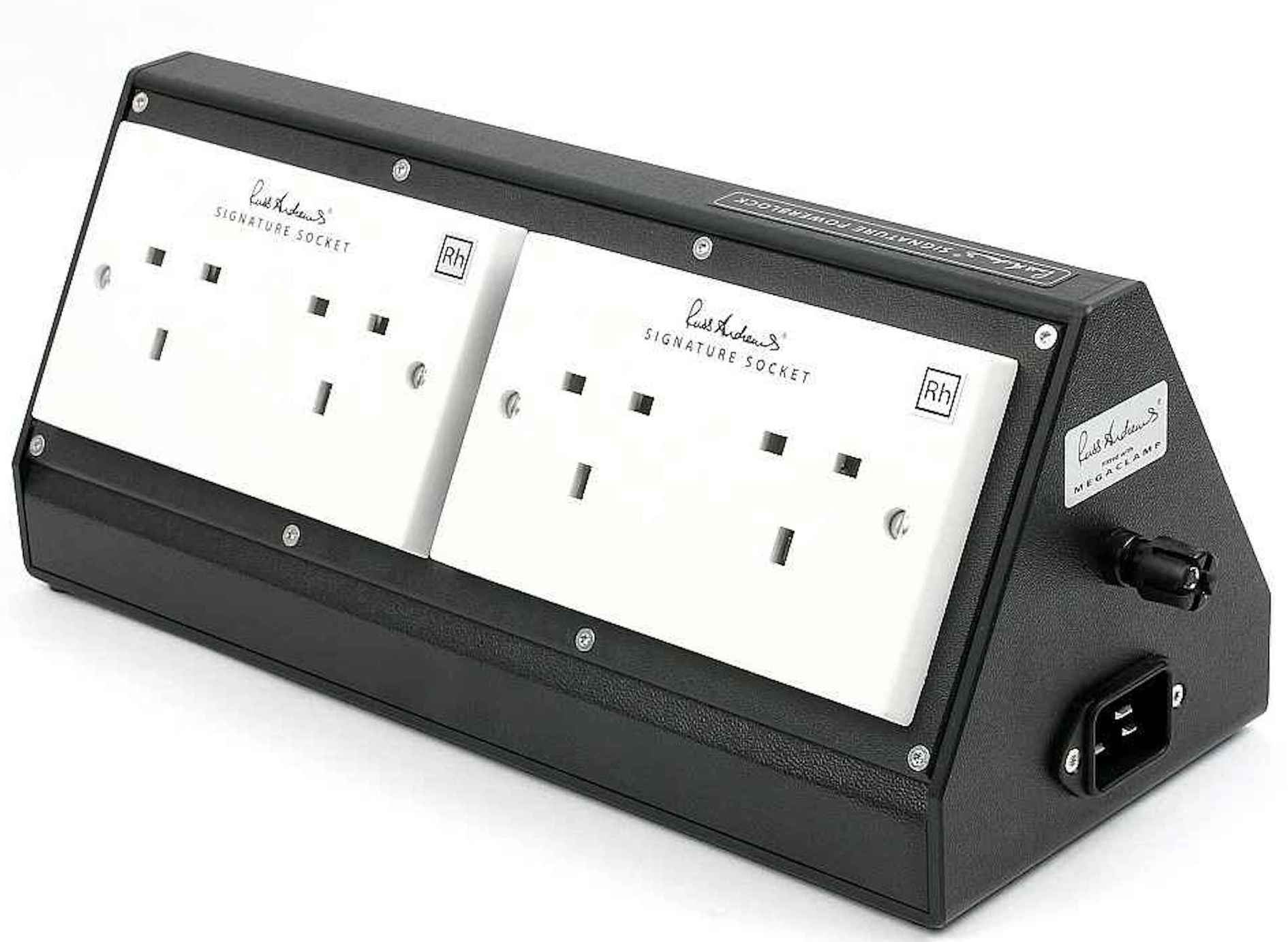
Looking for a quality power block for your HiFi? Paul Rigby examines this eight-socket example from Russ Andrews
You may wonder why a new power block is needed all. Especially one at this price.
In a word? Noise. Your basic power strip from the DIY store is not only poor in build terms and parts quality but it will actually introduce more mains noise into your HiFi, harming sound quality.
And how does a basic, cheapo, High St. block actually sound then? Bright. It sounds bright, harsh metallic and edgy. Don’t believe me? Try it for yourself with a basic, low-cost HiFi power block from a good brand and do your own A-B sound test.
A quality power block prevents this happening and then rejects the noise, parasitic noise adding clarity to the sound signal and revealing more of those subtle sonic elements that give music soul. A quality power block doesn’t really produce great sound per se, in and of itself, but it does prevent the sound degrading. Which is basically the same thing for most HiFi users out there still using sub-standard, cheap white plastic blocks from the pound shop.
Now sure, a quality power block is not going to be the solution, the only answer, the magical silver bullet that will eradicate all nasty noise of RFI flavours or EMI variants or the gamut of other vibration et al noise knocking about your listening room but a good quality block it will help to reduce that noise and will serve as an important part of any hi-fi user’s anti-noise toolkit.
Like any HiFi component (and power blocks are HiFi components, believe or not), the better the design, the better it performs. Then again, the better the design, the more you also pay.
This example from Russ Andrews is a high-end variant and is priced accordingly.
THE DESIGN
The Russ Andrews PowerBlock has been around for some time now. In fact, it has reached its 20th anniversary which has prompted a redesign of the entire product.
This is an 8-way accessory that packs four, double, 13A Rhodium-plated Signature SuperSockets with high pressure, Rhodium-plated phosphor bronze copper alloy contacts, all featuring the company’s Super Burn-In process. Rhodium is, I believe, the most expensive metal on the planet. It’s also tough and apparently retains if conductivity over its lifetime. There should be no degradation.
Bear this one important point in mind, though. The Power Block is currently only available with 13A UK sockets.
The wiring of this anniversary model has undergone major changes via a new, custom-designed internal distribution circuit board using Kimber’s high capacity TCX internal wire, using twin runs of wire per double socket, and twin runs are also used to the internal distribution board and outlets.
You also get a MegaClamp spike protection unit and a Grounding terminal to attach something like a SuperRouter.
The basic chassis is wrapped UL-90-V0 ABS (a type of thermoplastic) which is light but pretty tough.
Spanning 327 x133 x135mm, the PowerBlock arrived with a high current 16A power cable.
Be aware that the PowerBlock is made to order so there will be a delay of 10 days or so while that happens.
So how does this thing actually sound?
SOUND QUALITY
I began with vinyl and Bruce Hornsby & The Range’s The Red Plains from his The Way It Is LP from RCA, a mid-tempo, yet pretty dynamic little ditty with power chords a go-go that should provide a challenge to this power accessory.
I managed to split the power distribution on my HiFi system in the power section and the source components. I also plugged the unit into the wall but also into a balanced power supply so I offered the Signature varied options.
I began with my power amplifiers in terms of my principle monoblocks, the power section on my electrostatic speakers and the power section of my phono amplifier to see how the lower frequencies and the basic foundation coped or changed…or didn’t.
What I heard was a real focus around the soundstage with the stereo image re-enforced, adding extra direction to the music itself. There was an immediate, if slight, accentuation around the mids during this configuration which befuddled me a tad because its not a sonic preference I normally associate with Russ Andrews products. I wondered it may have been a by-product of that extra focus. The bass itself offered significant precision which added to the grunt in the lower frequencies. There are repeated power chords on this track which, via the Signature PowerBlock offered real guts. This gave the overall presentation an emotion foundation giving the music drive and momentum.
I transferred the Signature PowerBlock to the source elements such as the turntable, phono amp pre amp, main pre amp and CD player, to see how it faired. I did that with a copy of Design’s self-titled 1971 sunshine pop album.
The focus and the precision remained and helped to control the lead piano, an instrument that can be chaotic at the best of times. The Signature PowerBlock grabbed the piano by the scruff of the neck and applied discipline here to keep the potentially wayward frequencies in check.
I did hear that slightly accentuated upper mid glare again. It was the sort of glare that I would have happily ignored (or at least placed less emphasis upon it) when testing components at a much lower price but, at this price point, I felt the need to be picky. The effect was subtle but it was there and took the sound away from a strictly neutral and balanced output to a slightly solid state sound. In that way, for the price, I felt that some of the music’s fragility was restricted and the elegance was removed for a slightly harder sound output.
I plugged the Signature PowerBlock into the wall and also a balanced power supply (i.e. Air Audio AC-2K) but that sonic personality followed me around.
Now, I have to emphasise this point, many people will not only like this sonic approach, they were actually prefer it. In fact, this one aspect of the sonic signature might just be a deal breaker for the purchase of the Signature PowerBlock.
As I alluded to above, this slight midrange glare was related to the focus and precision, I felt. It’s almost as if both of these areas were turned up to 11. A great thing if that’s what impresses you in sonic terms.
Percussion was tight, offered tremendous impact and placed emphasis on the finer detail which meant that even minor fragments of information could be discerned via the Signature PowerBlock.
CONCLUSION
Solidly built and deceptively light in weight, the Russ Andrews Signature PowerBlock has been thoughtfully designed in physical terms. HiFi users will approve at the amount of sockets and how they have been oriented. They feel solid and secure.
The lift in the midrange area provides a slightly solid state presentation to the sound. The effect is not extreme by any means, the lean towards a solid state sound is more subtle than severe but it is there and its one I would expect to hear on typical Nordost equipment, for example.
This is a solid and well-appointed power block accessory that will please plenty of HiFi fans out there.
RUSS ANDREWS SIGNATURE POWERBLOCK
Price: £1,899
Website: www.russandrews.com
GOOD: overall design, focus, precision
BAD: the well lit mids might not be for everyone, price
RATING: 7
[Don’t forget to check out my Patreon Page at www.patreon.com/audiophileman, for exclusive editorial!]
REFERENCE
Origin Live Sovereign turntable
Origin Live Enterprise 12″ arm
Van Den Hul Crimson XGW Stradivarius Cartridge
Ortofon Cadenza Bronze MC cartridge
Icon PS3 phono amplifier
Quad ESL-57 Speakers with One Thing mod
Blue Horizon Professional Rack System
Harmonic Resolution Systems Noise Reduction Components
Air Audio AC-2K Balanced Transformer

